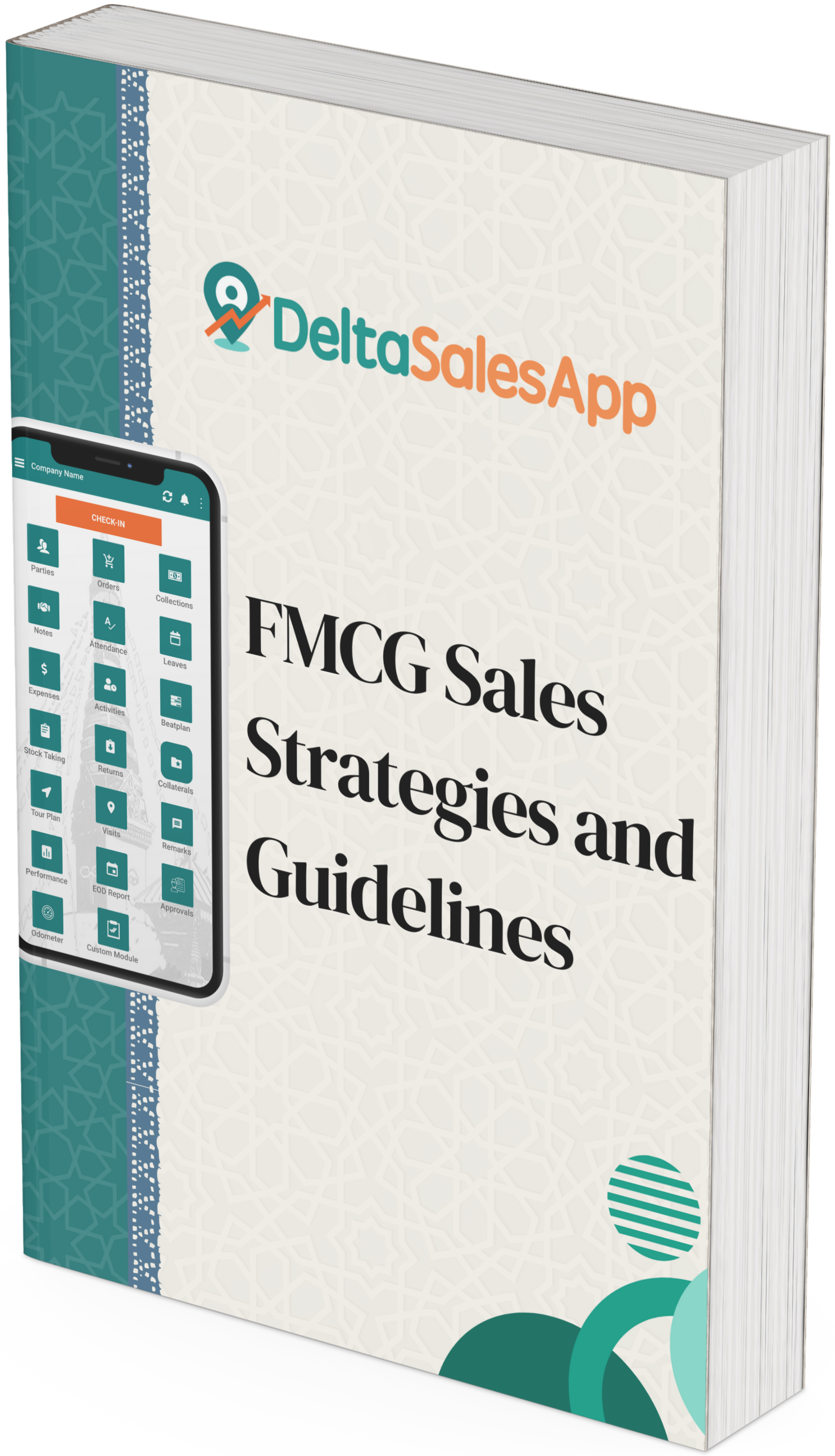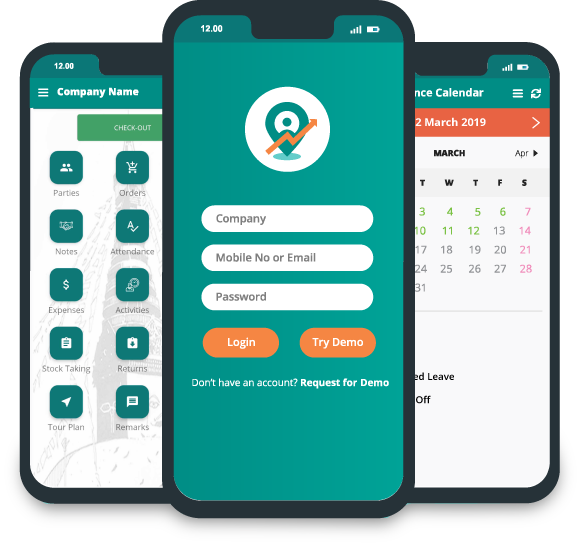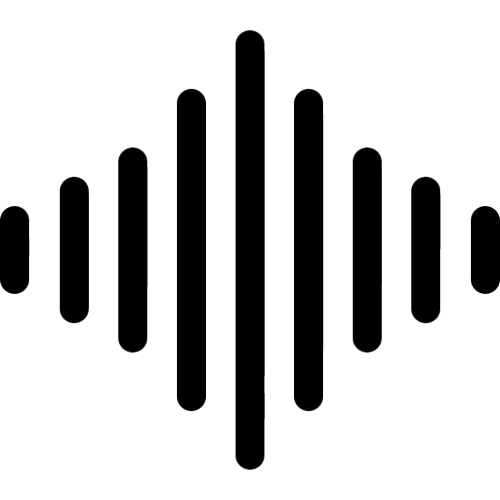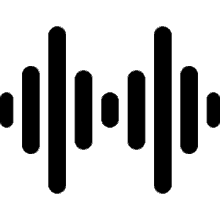Test Pratyush

In today’s fast-evolving landscape of retail, manufacturing, and consumer distribution, success hinges on one key factor: the efficiency of your supply chain. Businesses are under constant pressure to move products faster, make smarter sales decisions, and serve their markets better than the competition. Whether you're a growing FMCG brand, a regional manufacturer, or a nationwide distributor, your ability to scale effectively depends on how well you manage your sales and distribution processes.
However, as businesses grow, so does complexity—especially when it comes to choosing the right technology. One area where many companies stumble is understanding the difference between Distribution Management and Distributor Management. These terms may sound similar, but they represent different scopes, users, functions, and outcomes.
So if you’ve been wondering:
- What’s the real difference between Distribution Management and Distributor Management?
- Which one is right for my business at this stage?
- Can I benefit from both, or do I need to choose?
- How do they impact profitability, efficiency, and growth?
You're in the right place. This article offers a deep dive into each system, breaks down their functions, compares them side-by-side.
The Core Difference: Think Scope Not Software
Let’s start with the most basic—but crucial—distinction:
Distributor Management = Managing relationships, transactions, and performance with your distributors.
Distribution Management = Overseeing your entire product journey, from factory or warehouse all the way to the point-of-sale.
While both systems are part of the broader supply chain management landscape, they serve different purposes and stakeholders. In many cases, they’re complementary—not competing—technologies.
Let’s look at each in detail.
What Is Distributor Management?
Distributor Management refers to the strategic oversight, coordination, and optimization of relationships and processes involving a company's network of distributors. These distributors act as intermediaries between the manufacturer (or brand) and the end customer, often selling products to retailers, wholesalers, or directly to consumers depending on the business model.
Effective distributor management ensures that goods move efficiently from production to the final point of sale, while also maintaining control over pricing, inventory levels, promotions, credit, and overall brand representation in the market.
Why is Distributor Management Important?
For companies that rely on an indirect sales model, distributor management is a critical pillar of success. Without structured systems and processes in place, the following challenges are common:
Geographical Complexity:
As businesses expand across multiple cities, states, or countries, managing operations with numerous distributors becomes increasingly complex.Lack of Visibility:
In manual systems, brands often lack real-time insights into distributor stock levels, secondary sales, and territory performance.Inefficient Order Processing:
Manual order handling leads to delays, errors, and missed sales opportunities.Inconsistent Promotions and Pricing:
Poor control over scheme execution (e.g., discounts, incentives) can lead to market distortion and distributor dissatisfaction.Cash Flow Problems: Delayed collections, poor credit monitoring, and inconsistent billing can lead to working capital bottlenecks.
Core Functions of Distributor Management:
Order & Stock Synchronization
Distributors can place orders directly via a centralized app. Brands receive real-time updates on stock availability and order status, reducing the need for endless back-and-forth via email or phone.Invoicing and Credit Management
Automates the management of credit limits, payment schedules, and overdue amounts—ensuring smoother cash flow and fewer financial disputes.Scheme & Claim Processing
Trade promotions, discounts, and incentive schemes can be launched digitally. Distributors can submit claims with documentation, and brands can approve or reject them in real time.Performance Dashboards
Gain visibility into distributor-wise sales performance, fulfillment rates, territory penetration, and more—all through a single dashboard.Communication & Notifications
Share promotional content, new launches, and payment reminders directly with your distributor network.
When Do You Need a DMS?
You should consider implementing a DMS if:
Your business relies on a wide network of distributors.
You face delays in scheme execution and claim settlements.
Cash flow suffers from poor credit tracking.
You’re unable to monitor distributor performance consistently.
You're trying to eliminate manual or Excel-based processes.
What Is Distribution Management?
While Distributor Management focuses on your first-tier partners, Distribution Management casts a much wider net. It’s about optimizing your entire supply chain, right from when goods leave the factory to when they’re sold at retail outlets—or even consumed by end customers.
A Distribution Management System (also called a Sales & Distribution Solution) includes field sales automation, territory management, retailer engagement, and multi-tier supply chain visibility.
Core Functions of Distribution Management:
- Sales Force Automation (SFA)
Equip your field sales reps with mobile tools to capture orders, record outlet visits, check inventory, and collect payments—all digitally and in real time.
- Route Planning & Beat Optimization
AI-powered route suggestions ensure that reps cover the maximum number of productive outlets with minimum travel, improving efficiency and reducing fuel costs.
- Retail Execution & Secondary Sales Tracking
Capture data at the retail level: outlet-wise sales, scheme usage, product availability, and competitor presence.
- Inventory & Order Management Across Tiers
Track how products move from distributor to retailer and ultimately to the end consumer. Forecast demand and optimize stock allocation accordingly.
- Real-Time Collaboration
Enable seamless information flow between back-office teams, sales reps, distributors, and retailers.
- Analytics & Forecasting
Use historical and real-time data to make smart decisions around pricing, territory expansion, resource allocation, and more.
When Do You Need a Distribution Management System?
A DMS at this level is best suited for businesses that:
- Operate in multiple regions or states.
- Manage large field sales teams.
- Need real-time control over both primary and secondary sales.
- Are scaling fast and need their systems to keep up.
- Want to improve route productivity and field team accountability.
Distributor Management vs. Distribution Management
The table breaks down the key differences between Distributor Management and Distribution Management across several important criteria. Each column focuses on how the two systems differ in terms of their scope, functionality, and ideal use cases. Here's a quick rundown:
| Criteria | Distributor Management | Distribution Management |
| Core Focus | Manages relationships and transactions with individual distributors | Manages the complete distribution network from warehouse to retail shelf |
| Functionality | Automates tasks like distributor order processing, sales tracking, invoicing, and credit management | Offers end-to-end control of the supply chain, including inventory, routing, secondary sales, and delivery |
| Primary Objective | Enhances communication, transparency, and coordination with distributors | Optimizes the entire distribution process across multiple tiers and stakeholders |
| Real-World Example | FMCG brands like Unilever or Procter & Gamble use DMS to manage distributor orders, schemes, and performance efficiently | Companies like Amazon rely on Distribution Management Systems to oversee logistics, stock levels, and multi-region deliveries |
| Sales Tracking | Tracks primary sales and performance at the distributor level | Tracks both primary and secondary sales across regions, outlets, and channels in real time |
| Integration Capability | Offers limited integration, typically focused on distributor-level processes | Highly integrated with manufacturers, distributors, retailers, and sales teams for seamless collaboration |
| Ideal For | Small to medium-sized brands with focused or localized distributor networks | Large-scale or enterprise brands managing complex, multi-tiered distribution systems |
| Data Visibility | Limited to distributor metrics like order volume, dues, and scheme utilization | Complete visibility into the entire supply chain—from warehouse to the last-mile retailer |
| Operational Control | Provides control at the first distribution level (primary sales) | Provides control over multiple distribution levels (primary + secondary sales) |
| Scalability | Best suited for businesses in the early stages of digital transformation | Designed for growing or enterprise brands needing real-time data and large-scale coordination |
Decision Matrix: Which System Should You Start With?
If you’re still unsure whether you need Distributor Management, Distribution Management, or both—this quick guide should help:
| Business Challenge | Recommended System |
| Distributors are placing orders manually | Distributor Management |
| Field sales reps are unproductive or poorly tracked | Distribution Management |
| Retail-level visibility is limited | Distribution Management |
| Payment dues and credits are unclear | Distributor Management |
| Manual scheme rollouts are slowing things down | Distributor Management |
| Need to track outlet-wise sales and brand presence | Distribution Management |
| Scaling into new regions with limited visibility | Distribution Management |
| Want to manage everything from order to execution in one app | Delta Sales App |
Final Thoughts: It’s Not Either/Or—It’s When and How
Understanding the distinction between Distributor Management and Distribution Management is more than just a technical clarification—it’s a strategic business decision. In many companies, the confusion between these two systems leads to underinvestment, misaligned priorities, or poor digital transformation outcomes. Choosing the right system based on your current operational needs and future growth plans can be the difference between a smooth, scalable business and a fragmented, inefficient one.
Here's What You Need to Remember:
Distributor Management helps you gain control over your first-tier partners—automating orders, credit, schemes, and performance metrics at the distributor level.
Distribution Management goes broader—it’s the nerve center of your end-to-end distribution chain, connecting your sales team, supply chain, retailers, and reporting functions in real time.
Most businesses start by digitizing their distributor interactions, and then transition into full Distribution Management as they grow, hire more field teams, and enter new markets.
So, what’s the best move?
👉 If your biggest headaches involve manual distributor operations, inconsistent payment cycles, and delays in claim processing—start with a Distributor Management System (DMS).
👉 If you’re expanding rapidly, need visibility into secondary sales, and want to improve retail execution and field team productivity, then it’s time to invest in a Distribution Management System.
👉 If you want to scale seamlessly and smartly, the best path forward is to combine both—and Delta Sales App offers an integrated platform that brings all together in one mobile-first, intelligent solution.







